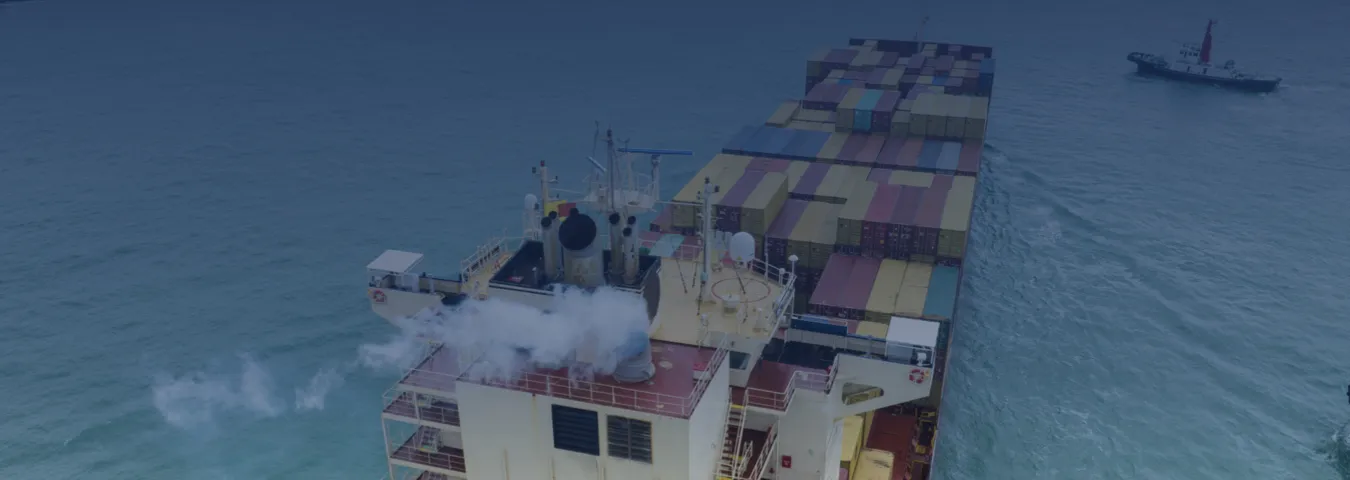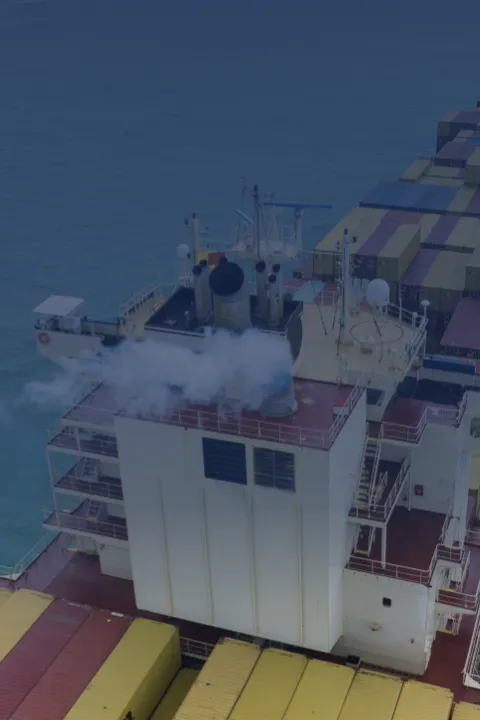Products for CO2 Reduction in Shipping

Energy Saving Devices
Energy Saving Devices (ESDs) such as the Pre-Duct, Pre-Swirl Stator (PSS), Propeller Boss Cap Fin (PBCF), Twisted Rudder, and Rudder Bulb are designed to reduce hull resistance and optimize propeller performance. By implementing one of these energy-saving additions to your ship, you can not only cost-effectively reduce the impact of the CO2 tax and comply with EEXI and CII regulations but also improve your operational efficiency. For example, just by using a Pre-Swirl Stator (PSS), you can achieve an energy efficiency improvement of up to 8%.
Wind-Assisted Propulsion System
The eSAIL, an innovative wind-assisted propulsion system, offers the potential to reduce a ship’s CO2 emissions by up to 40%. This enables you to easily meet current and future requirements in shipping regarding CO2 reduction. Similar to Energy Saving Devices (ESDs), implementing and maintaining this technology is not complex. In many cases, maintenance of the wind-assisted ship propulsion system can be seamlessly integrated into your existing dry-docking schedule.
Waste Heat Recovery System
The waste heat recovery system for maritime applications has been developed to convert waste heat from various sources, such as exhaust gases, engine cooling water, residual steam, or thermal oil, into directly usable electrical energy. These systems are based on the Organic Rankine Cycle (ORC). This can significantly improve the energy efficiency of your vessel.
Air Lubrication System
Air lubrication in the maritime industry involves using air bubbles under the ship’s hull to reduce water resistance. In practice, an air lubrication system can lead to savings of 10-20%. Additionally, it helps ships comply with stringent international standards for energy efficiency and carbon reduction, such as the EEDI, EEXI, and CII.
Antifouling
Biocide-free antifouling coatings create a smooth surface and sustainably prevent the formation of biofouling, such as algae, barnacles, tubeworms, and mussels, on the underwater hull of a ship. This environmentally friendly solution is ideal for demanding applications where conventional hull coatings, which often rely on biocides, fall short.

Products for CO2 Reduction in Shipping

Energy Saving Devices
Energy Saving Devices (ESDs) such as the Pre-Duct, Pre-Swirl Stator (PSS), Propeller Boss Cap Fin (PBCF), Twisted Rudder, and Rudder Bulb are designed to reduce hull resistance and optimize propeller performance.
By implementing one of these energy-saving additions to your ship, you can not only cost-effectively reduce the impact of the CO2 tax and comply with EEXI and CII regulations but also improve your operational efficiency.
For example, just by using a Pre-Swirl Stator (PSS), you can achieve an energy efficiency improvement of up to 8%.
Wind-Assisted Propulsion System
The eSAIL, an innovative wind-assisted propulsion system, offers the potential to reduce a ship’s CO2 emissions by up to 40%.
This enables you to easily meet current and future requirements in shipping regarding CO2 reduction.
Similar to Energy Saving Devices (ESDs), implementing and maintaining this technology is not complex.
In many cases, maintenance of the wind-assisted ship propulsion system can be seamlessly integrated into your existing dry-docking schedule.
Waste Heat Recovery System
The waste heat recovery system for maritime applications has been developed to convert waste heat from various sources, such as exhaust gases, engine cooling water, residual steam, or thermal oil, into directly usable electrical energy.
These systems are based on the Organic Rankine Cycle (ORC). This can significantly improve the energy efficiency of your vessel.
Air Lubrication System
Air lubrication in the maritime industry involves using air bubbles under the ship’s hull to reduce water resistance. In practice, an air lubrication system can lead to savings of 10-20%.
Additionally, it helps ships comply with stringent international standards for energy efficiency and carbon reduction, such as the EEDI, EEXI, and CII.
Antifouling
Biocide-free antifouling coatings create a smooth surface and sustainably prevent the formation of biofouling, such as algae, barnacles, tubeworms, and mussels, on the underwater hull of a ship.
This environmentally friendly solution is ideal for demanding applications where conventional hull coatings, which often rely on biocides, fall short.
